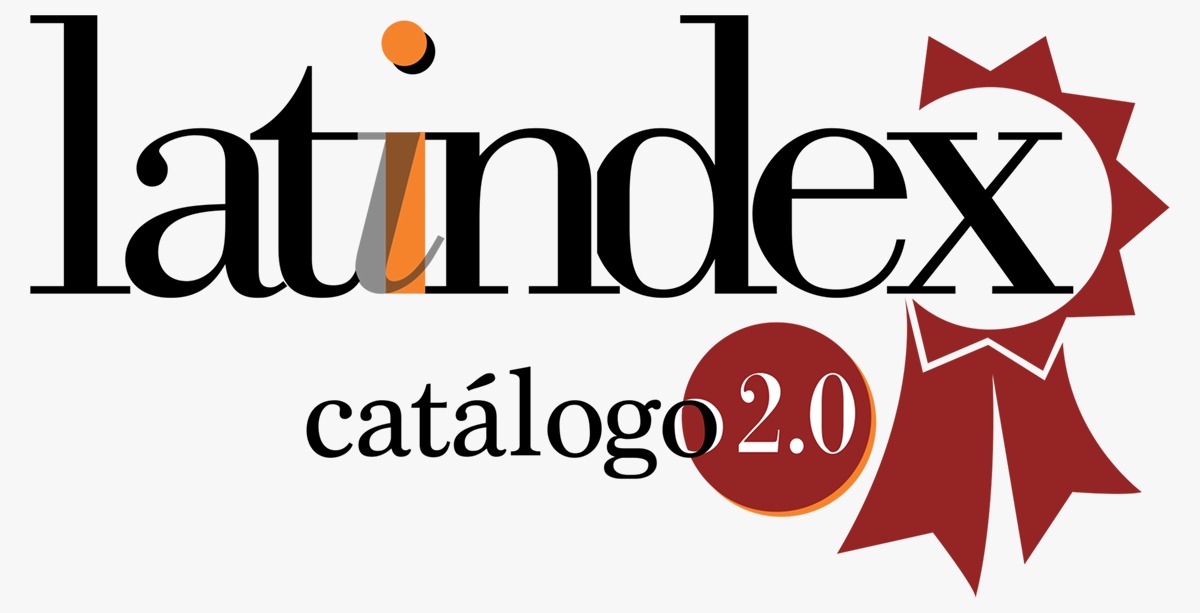A description study of the VAK learning styles of the students of the Universidad Autónoma Quintana Roo
DOI:
https://doi.org/10.29197/cpu.v19i38.471Keywords:
Learning styles, VAK, CollegesAbstract
A descriptive study was realized by quantitative methodology with the purpose of identifying the visual, auditive and kinesthetic style to 1748 university students’ generation 2020 at the State University of Quintana Roo and the findings of this research though a digital VAK test indicates similar averages between the three learning styles of this university students, they are mostly auditive followed by kinesthetic and visual at same level. The conclusions are. teaching staff should be supported by the Department of Didactic Innovation of the UAQRoo, who are responsible for identifying the learning styles of the students who are responsible for identifying the learning styles of the students who enter at the different professional careers, indicating them to the technical secretaries of teaching who receive the didactic packages that the teachers deliver them at the beginning of each semester to gradually establish a continuous improvement of the teaching-learning binomial in favor of educational quality.
Metrics
References
Aguilar Rivera, M. del C. (2010). Estilos y estrategias de aprendizaje de jóvenes ingresantes a la universidad. Revista de Psicología. 28(2). 207-225
Alonso, C. M., Gallego, D. J. y Honey, P. (2007). Los estilos de aprendizaje: Procedimientos de diagnóstico y mejora. Editorial Mensajero
Aguilera Pupo, E. (2012). Los Estilos de Enseñanza: Una necesidad para la atención de los estilos de aprendizaje en la educación universitaria. Revista de Estilos de Aprendizaje, 5(10). 80-87. https://doi.org/10.55777/rea.v5i10.962
Bester, G. y Noke, D. (2016). Variables which relate to the achievement of black high school learners in Afrikaans as a second language. 56(2), 641-659. https://doi.org/10.17159/2224-7912/2016/ v56n2-2a8
Bulla, E. A. y De Lima, A. (2020). Estilos de aprendizagem: evidências a partir de uma revisão sistemática da literatura. Revista Diálogo Educación, Curitiba, 20(64) 23-49.
Castaño, G. (2004). Independencia de los estilos de aprendizaje de las variables cognitivas y afectivo emocionales. [Tesis doctoral. Departamento de Educación. Universidad Complutense de Madrid]
Evergreen, M., Cooper, R. y Loughran, J. (2018). The articulation of the development of teacher knowledge during the implementation of new teaching procedures to enhance student understanding of molecular biological concepts. Teacher Development, 22(3), P. 355-374. https://doi.org/10.1080/13664530.2018.1442875
Fan, K., Xiao, P. y Su, Ch. (2015). The effects of learning styles and meaningful learning on the learning achievement of gamification health education curriculum. EURASIA Journal of Mathematics, Science & Technology Education, 11(5), P. 1211-1229. https://doi. org/10.12973/eurasia.2015.1413a
Felder, M. y Silverman, L. (1988). Learning and teaching styles. Engineering Education 78(7), 674-681
Gallegos, E. N. R. (2017). Los estilos de aprendizaje y el rendimiento académico en estudiantes de cuarto semestre de bachillerato. Revista de Estilos de Aprendizaje, 10(20). https://doi.org/10.55777/rea.v10i20.1062.
Guanlancañay-Tomala, N. P. (2019). Estilos de aprendizaje en los estudiantes de bachillerato. Revista Dom. Científica. 5(1) 488-504
Hernández, R., Fernández, C. y Baptista, P. (2010). Metodología de la Investigación. Prentice Hall.
Honey, P. y Munford, A. (1986). Using your learning styles. Maidenhead.
Keefe, J. W. (1988). Profiling and Utilizing Learning Style. Reston Virginia: National Association of Secondary School Principals.
Kolb, D. (1981). The Learning Style Inventory: Technical Manual. Boston: McBer.
Martínez, G. P. (2007). Aprender enseñar: Los estilos de aprendizaje y de enseñanza desde la práctica del aula. Mensajero.
Maureira C. F. y Flores F. E. (2016). Estilos de aprendizaje en estudiantes de educación. Revista Electrónica de Psicología Iztacala. 19(1), 74-91.
Oviedo, A. I. y Almendrales, G. (2018). Estudio sobre estilos de aprendizaje mediante minería de datos como apoyo a la gestión académica en instituciones educativas. RISTI, No. 29 P. 1-13.
Özyurt, Ö., Özyurt, H., Baki, A. y Güven, B. (2013). Integration into mathematics classrooms of an adaptive and intelligent individualized e-learning environment: implementation and evaluation of Uzwebmat. Computers in Human Behavior, 29(3), P. 726-738. https://doi.org/10.1016/j.chb.2012.11.01
Rodríguez Betanzos, A., Cetina-Cetina, M. y Constantino S. I. (2020). Estilos de aprendizaje, inteligencias múltiples y técnicas de estudio identificadas en estudiantes de bachillerato. Perspectivas Docentes. Agosto. 31 (72), P. 19-30 DOI: 10.19136/pd.a31n72.3983
Ros Martínez, N., Cacheiro Gonzalez, M. L., y Gallego Gil, D. J. (2017). Preferencias en estilos de aprendizaje de los alumnos que cursan los estudios de bachillerato en la región de Murcia. Tendencias Pedagógicas. 30, P. 105-117. https://revistas. uam.es/tendenciaspedagogicas/article/view/8124
Sarmiento Bojórquez, M. A., Cadena González, M. y Tuyub Ovalle, T. del C. (2017). Identificación de los estilos de aprendizaje predominantes de los estudiantes en el nivel medio superior en un ambiente mediado por las TIC elaborando cuestionarios. Revista Electrónica del Desarrollo Humano para la Innovación Social, 4(8), P. 13-19. https://www.cdhis.org. mx/index.php/CAGI/article/view/113
Silva, A. (2018). Conceptualización de los modelos de estilos de aprendizaje. Revista de Estilos de Aprendizaje. 11(21) http://vark-learn.com/introduction-to-vark/Aprendiaje.
Willis, M. y Hodson, K. (1999). Discover you child Learning Styles. Rosaville, Prima.
Published
How to Cite
Issue
Section
License
Unless otherwise indicated, all articles in this journal are published under a
Licencia Internacional Creative Commons 4.0 Atribución-NoComercial-CompartirIgual .
The authors retain the copyright and assign the right to the first publication to the magazine.









